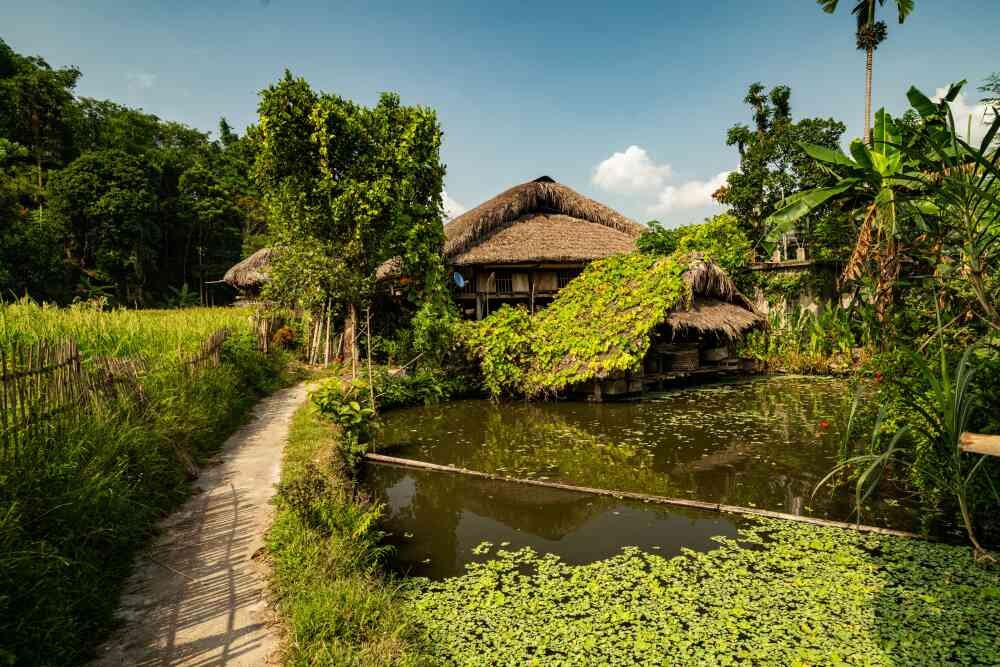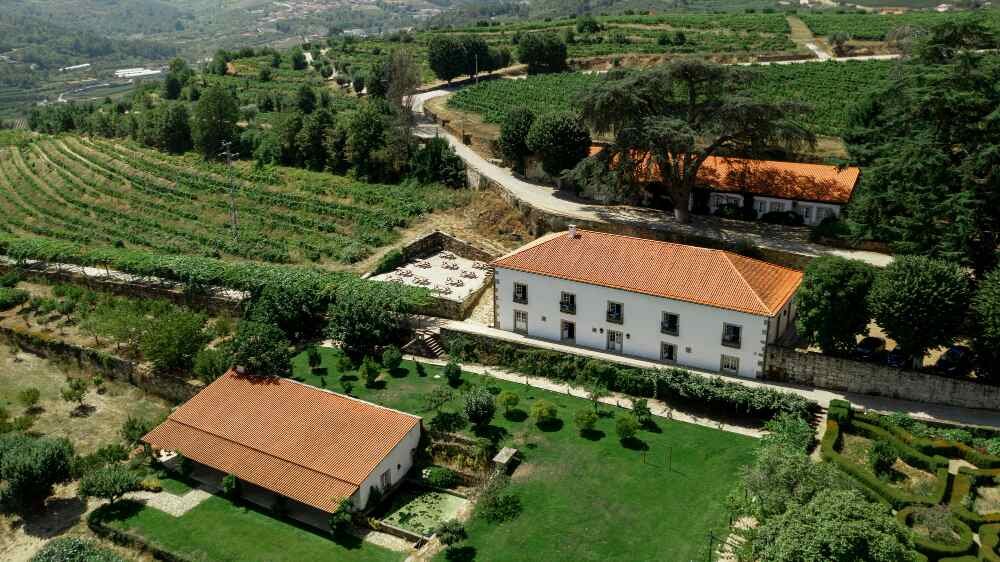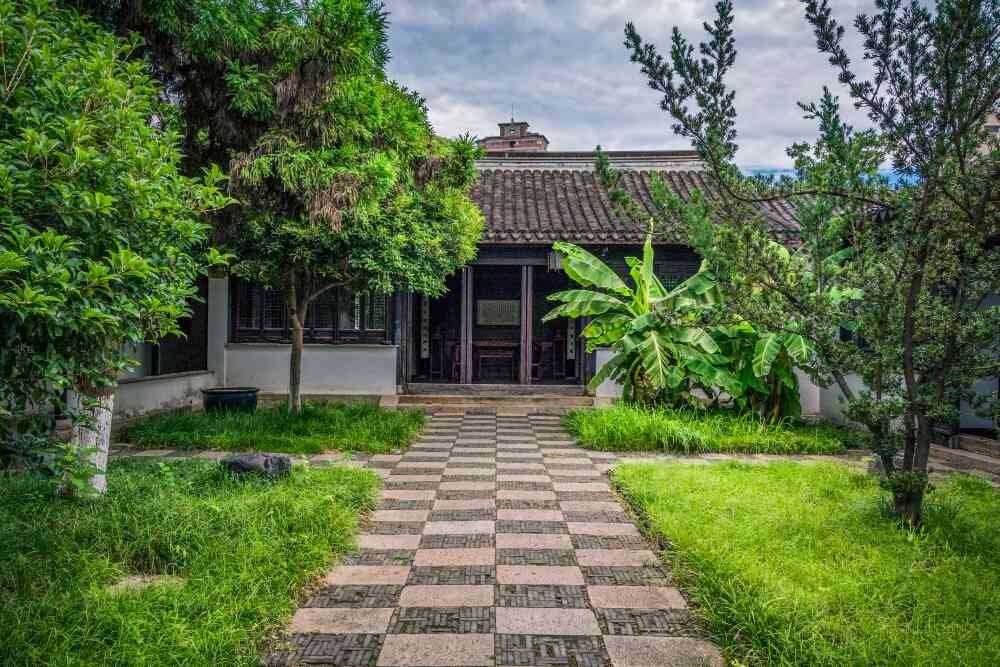If you’re seeking a home that exudes timeless elegance and is steeped in rich Southern history, look no further than the plantation style homes of Charleston, SC. These grand residences, with their distinctive architectural features and storied pasts, have captivated homebuyers for centuries. Prepare to be transported back in time as we delve into the world of plantation homes and uncover what makes them so alluring.
What Makes Plantation Style Homes Unique in Charleston SC?
So, have you ever checked out the plantation style homes in Charleston SC? They’re seriously unique! With their grand porches stretching around, they’ve got a vibe that screams Southern charm. What sets these plantation style homes apart is their deep history and the gorgeous, sprawling landscapes they sit on. It’s like stepping back in time, but with all the modern comforts.
The Architectural Features of Plantation Style Homes
Plantation homes in Charleston are characterized by their grand scale, symmetrical design, and stately columns that typically adorn the front entrance and wrap-around porches. These porches, often referred to as piazzas or galleries, provide ample shade and create a seamless transition between indoor and outdoor living spaces – a hallmark of Southern architecture.
The Historical Significance of Plantation Homes in the American South

Beyond their architectural splendor, plantation homes hold a significant place in American history. These properties were once the center of large agricultural operations, primarily cotton, rice, and indigo cultivation, worked by enslaved individuals. While acknowledging this difficult past, many of these homes have been preserved and now serve as living museums, offering a window into the social and economic fabric of the American South.
Key Elements That Define the Plantation Style: Porches, Columns, and Grand Staircases
Beyond the iconic porches and columns, plantation homes often feature grand staircases, high ceilings, and symmetrical floor plans. These elements not only contribute to the homes’ grandeur but also serve practical purposes, such as facilitating airflow in Charleston’s humid climate. From the oversized entryways to the intricate woodwork, every detail exudes a sense of elegance and timelessness.
Exploring the Rich History of Plantation Homes in the Southern United States
Diving into the past and exploring the plantation style homes in the Southern United States is like stepping into a time machine. These grandiose homes aren’t just about the stunning architecture, though. Digging deeper, we uncover stories and histories that paint a vivid picture of the South’s complex past.
Each plantation style home has its unique tale, echoing the lives of those who lived there, from the wealthy families to the enslaved individuals who worked the land. It’s a journey that’s as eye-opening as it is fascinating, offering a window into a pivotal era of American history.
How Plantation Homes Mirror the Social and Economic History of the South
Plantation homes are more than just architectural wonders; they are living testaments to the social and economic history of the American South. These properties were once the epicenters of wealth and power, owned by wealthy planters and slaveholders who amassed vast fortunes through the cultivation of cash crops like cotton and tobacco. The grandeur of these homes was a reflection of their owners’ status and affluence, making them symbols of both prosperity and oppression.
The Transformation of Plantation Homes Post-Civil War

With the end of the Civil War and the abolition of slavery, plantation homes underwent a significant transformation. Many fell into disrepair as their owners’ fortunes dwindled, while others were repurposed for different uses. Some were even abandoned and left to the elements. However, a significant number of these historic properties have been meticulously restored, allowing visitors to step back in time and gain a deeper understanding of this pivotal era in American history.
Preserving the Legacy: Restoration and Maintenance of Historic Properties
Preserving and maintaining historic plantation homes is a labor of love that requires dedication and significant resources. Organizations like the Preservation Society of Charleston and the Historic Charleston Foundation work tirelessly to ensure these architectural gems are protected and celebrated. From maintaining the original woodwork to restoring delicate plasterwork, every effort is made to uphold the homes’ authenticity while adapting them for modern living.
The Allure of Plantation House Plans: Combining Traditional Charm with Modern Living
There’s just something about plantation style homes that hooks you right in. Maybe it’s the blend of that old-school elegance with today’s lifestyle vibes. These designs nail it, giving you that grand, airy feeling while making sure you’ve still got all the modern comforts.
Living in a plantation style home means rocking on your porch with a fresh lemonade in hand, imagining the vast fields that once surrounded these majestic builds. It’s all about combining that traditional charm with the ease of modern living – and honestly, who wouldn’t love that combo?
Features of Plantation House Plans Ideal for Family Homes

Plantation-style house plans offer the perfect blend of traditional charm and modern convenience. These homes are designed with spacious floor plans, perfect for accommodating growing families. The large kitchens, formal dining rooms, and multiple living areas provide ample space for entertaining and everyday living. Additionally, the master suites are often located on the main floor, offering privacy and convenience.
Incorporating Modern Amenities into Traditional Plantation Home Designs
While maintaining the essential elements of plantation-style architecture, many modern home plans incorporate contemporary amenities and features. From state-of-the-art kitchens to luxurious master bathrooms, these homes seamlessly blend old-world elegance with modern convenience. Smart home technologies, energy-efficient systems, and open-concept layouts cater to the needs of today’s homeowners without compromising the timeless appeal of the plantation style.
The Appeal of Spacious Porches and Outdoor Living Spaces in Plantation Homes
One of the most alluring features of plantation homes is their emphasis on outdoor living spaces. The generous porches and verandas provide the perfect setting for entertaining, relaxing, and taking in the beauty of the Southern landscape. Imagine sipping a cool beverage on your porch as the evening breeze rolls in, or hosting a lavish garden party on your expansive lawn – this is the epitome of Southern living.
Finding Your Dream Plantation Style Home in Charleston SC
Dude, if you’re on the hunt for your dream plantation style homes in Charleston SC, you’re in luck. Charleston’s got that old-world charm with streets lined with dreamy plantation style homes, each telling its own story of the South. Imagine sipping sweet tea on your porch here!
What to Know Before Buying a Plantation Style Home: Real Estate Tips

While the prospect of owning a historic plantation home is undoubtedly exciting, there are a few considerations to keep in mind. These properties often require significant maintenance and upkeep, as well as sensitivity to preserving their historical integrity. Working with a knowledgeable real estate agent who specializes in historic properties is crucial, as they can guide you through the nuances of owning and maintaining a plantation-style home.
Navigating the Market: Where to Find Plantation Style Homes for Sale in Charleston
Charleston is a treasure trove of plantation-style homes, with options ranging from fully restored historic properties to newly constructed homes that capture the essence of the plantation style. Many of these homes can be found in prestigious neighborhoods like South of Broad, Ansonborough, and Harleston Village, as well as in the surrounding coastal areas and plantations along the Ashley and Cooper Rivers.
The Role of Real Estate Agents Specializing in Historic Southern Properties
When it comes to buying or selling a plantation-style home, working with a real estate agent who specializes in historic Southern properties is invaluable. These agents have an in-depth understanding of the unique challenges and considerations involved, from navigating historic preservation guidelines to connecting with qualified contractors for restoration work. They can also provide insights into the local market, pricing trends, and the rich history behind each property, ensuring a seamless and informed transaction.
The Cultural and Architectural Influence of Plantation Homes on Contemporary Design
You’ve gotta see how plantation style homes, like those old beauties from Arkansas to Savannah, have left their mark on modern pads. Way back since the first settlement in 1861, by the James River, these grand homes were all about big families and even bigger style.
Their extended family vibes and killer proportion principles have kinda snuck into today’s architecture, showing up in places you’d least expect. And don’t get me started on the charm of 18th century aesthetics – spots like Montpelier are still dictating trends!
How Plantation Style Has Influenced Modern Southern Architecture
The enduring appeal of plantation-style homes has transcended time, inspiring contemporary architects and designers worldwide. From the classic symmetry and grandeur of the Georgian and Federal styles to the ornate details of the Greek Revival and Neoclassical movements, the plantation aesthetic has left an indelible mark on modern Southern architecture. Many new construction homes in the region draw inspiration from these historic styles, blending traditional elements with contemporary twists.
Reinterpreting Plantation Aesthetics for the 21st Century
While remaining faithful to the core principles of plantation-style design, architects and designers have reinterpreted these aesthetics to suit modern lifestyles. Open floor plans, energy-efficient materials, and sustainable building practices have been seamlessly integrated, ensuring these homes are both beautiful and functional. Here’s the continuation of the article:
The Global Impact of the Plantation Style on Architecture and Interior Design
The influence of plantation-style architecture has transcended geographic boundaries, leaving an indelible mark on design communities worldwide. From luxurious tropical resorts in the Caribbean and Pacific Islands to grand estates in Europe and beyond, the allure of the plantation aesthetic has captured the imaginations of architects, designers, and homeowners alike. Interior designers have embraced the elegance and sophistication of plantation-inspired decor, incorporating rich textiles, intricate woodwork, and antique furnishings into their designs. Truly, the plantation style has become a global phenomenon, celebrated for its timeless beauty and rich heritage.
Preservation Efforts and the Future of Plantation Style Homes in SC
Back in the 1800s, from Georgia to South Carolina, the antebellum south was iconic for its plantation style homes. These architectural marvels, influenced by French colonial designs, often featured a grand upper floor and sprawling acreage, typical of large plantations. While many associate these estates with cotton cultivation and the slave labor that powered it, there’s a growing effort to preserve these historical sites not just in SC but across states like Alabama, Mississippi, and North Carolina.

Folks are now digging through style house plans available from the 19th century, trying to restore or even enlarge these homes while staying true to their original aesthetic. It’s a way for descendants and historians to connect with the complex history of the late 18th and 19th centuries, understanding the lives of both the landowners and those who worked the land. Drayton Hall in South Carolina, for instance, is a striking example of preservation, maintaining its integrity as a piece of the antebellum south.
But it’s not just about larger-than-life mansions; there’s a keen interest in the modest log houses and the folk architecture that dotted the newly settled British colonies. These humble abodes, often built by the very farmers and slaves that tended the fields, are a testament to the ingenuity and resilience of early American settlers and African Americans before and after the revolutionary period. By keeping such plans available and promoting their restoration, we’re not just saving buildings but also telling the fuller story of America, from Louisiana to Tennessee.
Challenges in Preserving Historic Plantation Homes
While the beauty and historical significance of plantation homes are undeniable, preserving these properties is a complex undertaking. From the high costs of restoration and maintenance to the challenges of adhering to strict historic preservation guidelines, owners and organizations face an uphill battle. Natural disasters, environmental factors, and the ravages of time threaten to erode these architectural treasures, making preservation efforts all the more critical.
Community and Governmental Roles in the Preservation of Charleston’s Historic Real Estate
Preserving Charleston’s iconic plantation homes is a collaborative effort involving community organizations, local government, and dedicated individuals. Organizations like the Preservation Society of Charleston work tirelessly to advocate for historic preservation, while the city’s Board of Architectural Review ensures that any renovations or new construction in historic districts adheres to strict guidelines. Additionally, tax incentives and grant programs help offset the costs of preserving these properties, making them more accessible to potential owners.
Adaptive Reuse: Giving Old Plantation Homes New Life
In some cases, preserving a plantation home may involve repurposing it for a new use. This practice, known as adaptive reuse, has breathed new life into many historic properties, transforming them into boutique hotels, event venues, or even private residences. By adapting these homes for modern purposes while preserving their historical integrity, their stories and architectural significance are kept alive for future generations to appreciate. From Charleston’s iconic Wentworth Mansion to the stunning Lowndes Grove Plantation, these properties serve as shining examples of how adaptive reuse can give old plantation homes new life.
FAQs
What style is a plantation house?
A plantation house is a style of architecture that originated in the American South during the colonial and antebellum periods. It is characterized by its grand scale, symmetrical design, large columns, wrap-around porches, and formal interior layouts.
What is another name for plantation style home?
Plantation-style homes are also commonly referred to as antebellum homes, Southern plantation homes, or plantation manor houses.
What is the house on a plantation called?
The main house on a plantation was traditionally called the “big house” or the “planter’s residence”. This was the primary dwelling where the plantation owner and their family lived.
What rooms are in a plantation house?
Typical rooms found in a plantation house include a grand foyer, formal living room, dining room, library, parlor, master bedrooms (often on the main floor), guest rooms, and separate quarters for domestic staff. Many also had basements and attics for storage and additional living spaces.
By exploring the rich history, architectural grandeur, and modern interpretations of plantation-style homes, this article has aimed to provide a comprehensive guide for those captivated by the elegance and charm of these iconic Southern residences. Whether you’re a history buff, an architecture enthusiast, or simply seeking a home that exudes timeless sophistication, the plantation style offers a unique opportunity to embrace the past while indulging in the comforts of the present.


